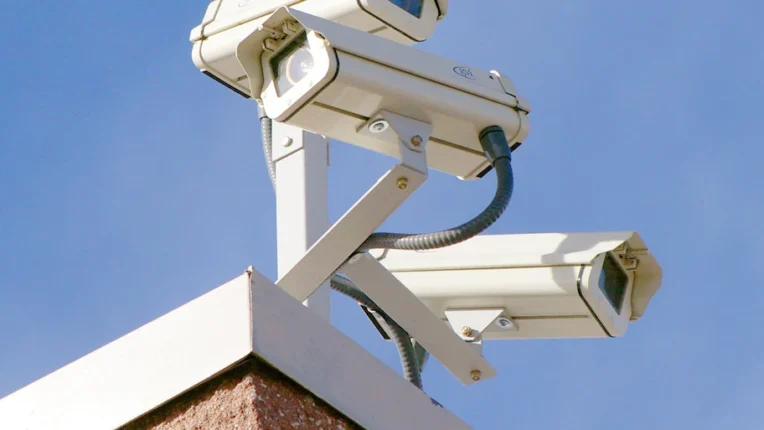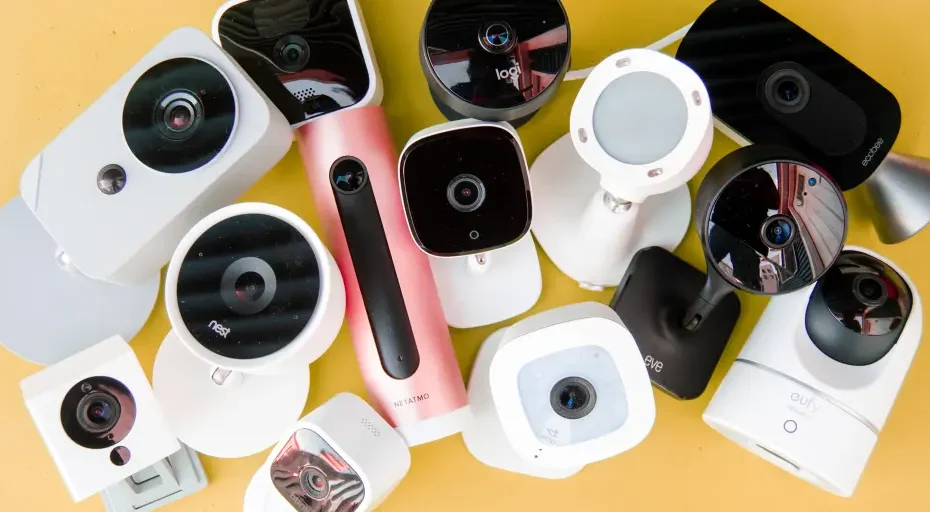Run a quick internet search on the best security cameras for your home and you will discover one of the dirty little secrets of online marketing: nearly every camera vendor claims its products are the best. But there can only be one ‘best’ by definition. So how do you sort through the marketing fog and choose the right cameras for you?
First, don’t get all worked up. Choosing security cameras for your home is not an exact science. There isn’t a best camera for every possible scenario. There is not even a best brand or best manufacturer. If you can wrap your brain around that fact, you can approach buying security cameras from a more flexible perspective. You will not be locked into absolutes that do not exist.
Contents
Step #1: Assess Your Needs
Choosing security cameras for your home is no different than choosing furniture or appliances. Before you even begin looking around, step back and assess your needs. What is it you are hoping to accomplish by installing security cameras? Are you looking to keep an eye on the kids or your pets? Do you hope to prevent burglary?
Home security cameras offer a great deal of functionality. But you need to decide on your priorities. If preventing property crimes is the most important thing, you are going to focus mainly on exterior cameras. If you want to be able to keep an eye on the kids, interior cameras are appropriate.
Step #2: Assess Your Budget
Home security cameras come in all shapes and sizes. There are different price points, too. We mention prices because it is entirely possible to spend a small fortune on cameras. That’s okay if you can afford it and you don’t mind spending the money. But if you are on a budget, you need to be careful about what you buy.

Do not be that person who starts shopping for security cameras without assessing the budget. Determine how much you can afford to spend. Whatever that number is, stick to it. If you don’t, you may find yourself spending a lot more for features you do not really need.
Step #3: Choose a Technology
With your needs and budget set, it is time to start shopping around. You will discover that your technology options can vary quite a bit. So next, you’ll have to choose the technology you want. Here are just a few examples:
Power Source – Wired home security cameras are connected to your home’s electrical system. Installing means running new lines or tapping into existing ones. On the other hand, wireless cameras are battery powered. They are easier to install.

Communication Method – Similar to power source, a wired camera connects directly to a telephone line or your internet router. A wireless camera connects by way of wi-fi, Bluetooth, or another wireless technology.
Image Resolution – Different cameras offer different resolutions. Generally, a higher resolution means a higher price tag. You also need to consider black-and-white versus color images.
Data Storage – Some of the entry-level cameras store data on a microSD card while others transmit the data to an external storage source. Consider this carefully. How you approach the storage question may determine how useful your cameras ultimately are.
There are other technology considerations not mentioned here. As a general rule, more technologically advanced cameras come with higher price tags. If you want things like infrared night vision, on-board video, and motion-sensitive recording, you will pay more.
Step #4: Consider Additional Options
Next up, consider whether you want to enhance the benefits of video surveillance with other options. Perhaps you’ve been thinking all along that you’ll buy a few cameras and leave it at that. But would you consider buying your cameras as part of a complete security package?

Home video cameras are fantastic tools for deterring burglary. But consider this: deterrence capabilities go up when those cameras are connected to monitored security systems. Monitored home security gives you the advantage of a provider like Vivint Smart Home keeping an eye on your property 24/7. Monitoring makes criminals nervous, so they tend to avoid it.
Another feature option is the ability to view feeds remotely. Remote viewing is standard fare these days, but you can buy security cameras that don’t offer it. If that’s your thing, fine. You will save some money. But if you want access to your feeds remotely, you will be bumping things up a notch.
Step #5: Compare Your Options
Comparison-shopping is a homeowner’s best friend in everything from weekly groceries to roof replacement. It certainly helps when shopping for home security cameras. Your best bet is to compare cameras side-by-side.
If you are shopping online, you should be able to find the specs for each model you’re considering. Using either multiple browser tabs or downloaded copies of the specs, go through each item to see how different models compare. Specs tell you everything from camera resolution to power source and extra features.
The goal of comparison-shopping isn’t necessarily to find the cheapest deal. What you are really after is the best value. In other words, what are you getting for your money? Given that you have established a budget and committed to sticking with it, getting the best value is a worthwhile goal.
Step #6: Consider Manufacturer Warranties

Your final task before making a choice is to consider manufacturer warranties. You might find a camera that offers all the features you want at a lower-than-expected price. But what if something goes wrong? Is the product protected by a sufficient warranty?
Warranties on electronics are almost always limited to product failure. In addition, manufacturers can be a bit dicey when it comes to who pays for returns. Be sure to check out return policies as well.
Remember, there is no such thing as a ‘best’ security camera despite so many claims. Manufacturers claiming to be the best are just practicing creative marketing. The right cameras for you are the ones that meet your needs, offer the features that are most important to you, and fit within your budget.
